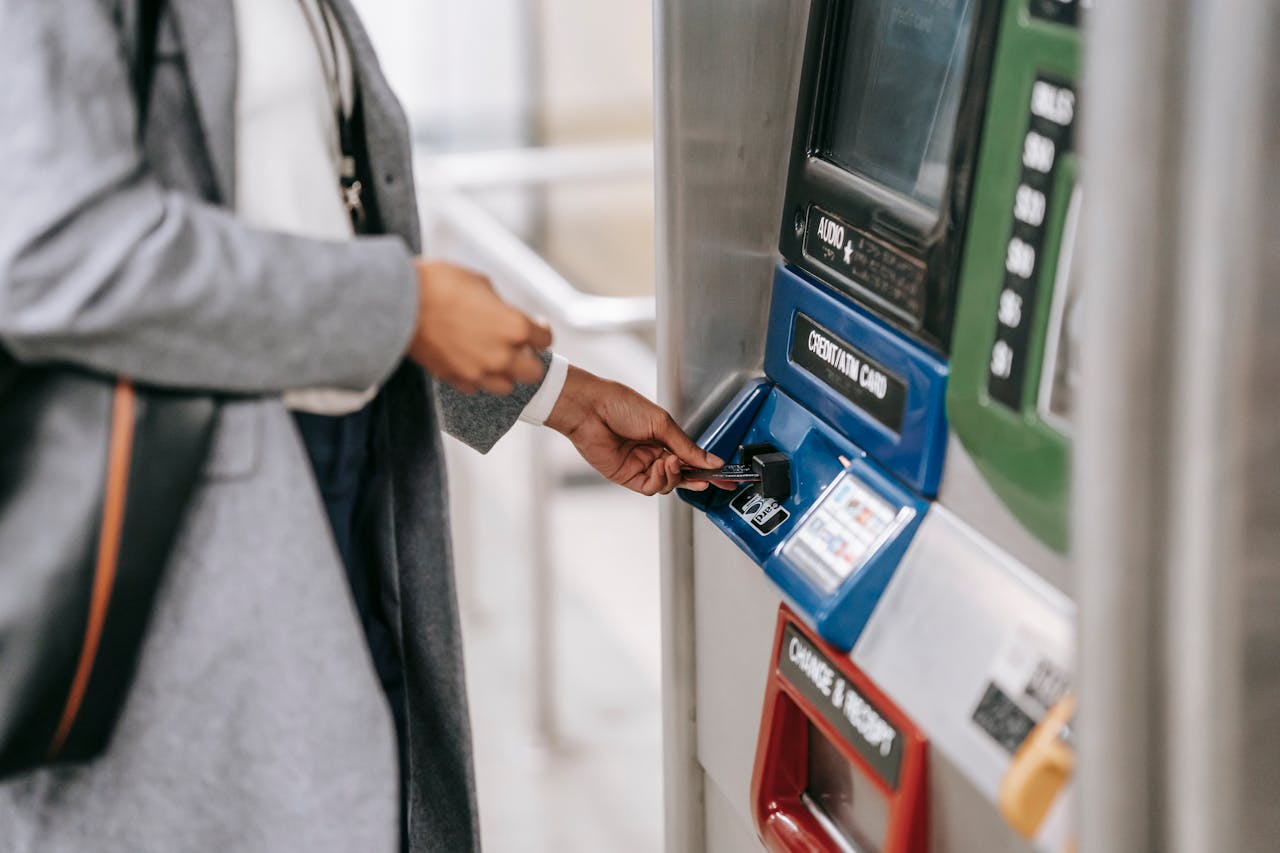

The European Union (EU) is encouraging the Philippines to boost the use of the Generalised Scheme of Preferences (GSP) Plus. The official estimated that only 25% (~€2 million) of the country’s exports to the economic bloc is benefiting from the trade privilege, in spite of the trade preference covering 6,274 local products.
As stated by the EU Delegation to the Philippines Charge d’ Affaires, Thomas Wiersing, the government of the Philippines should identify a plan to further boost the country’s utilization of its GSP Plus status with the EU.

The Department of Trade and Industry (DTI), and the National Economic and Development Authority (Neda), have underlined the importance of the trade privilege to the growth of Philippine shipment, highlighting the necessity for the country to exploit it and expand its exports to the EU. The GSP Plus utilization rate for the Philippines is expected to further increases in 2020.
Moreover, Philippine exporters should take advantage of the recently implemented registered exporter system of economic bloc. Traders can now self certify themselves on the origin of their goods under the REX system, streamlining the procedure on export registration.
Through the implementation of this system which has been enforced since January 2020, it is also hoped that Filipino exporters will have faster processing time for their documentary requirements specific to GSP Plus beneficiaries.
Citing Eurostat data, it is disclosed that Philippine shipments to the EU between January and November 2019 increased 2% to €7.5 billion, while imports from the economic bloc expanded 8% to €7.5 billion. Merchandise trade between the two economies solely jumped 5% to €15.1 billion, from €14.4 billion during the same period in 2018.
EU-Filipino trade is relatively smooth in general, but there are still lingering nontariff and market access issues, particularly in the agriculture and food sectors. There is a major concern for the certification of meat and vegetable exporters, as well as for the ban on the export of pig meat from EU countries partially affected by the recent outbreak of African swine fever.

The Philippines has been enjoying enhanced trade preferences under the EU's GSP Plus since December 2014. The EU offers GSP Plus which gives special incentive arrangement for sustainable development and good governance. Tariffs for low and lower-middle-income countries are cut to 0% while also implementing 27 relevant international conventions such as human rights, labor rights, good governance and protection of the environment.
Through the GSP system, the EU removes import duties from products coming into the EU market, notably from susceptible developing countries. This aims to help developing countries to alleviate poverty and generate jobs based on international values and principles.
Trade-in goods between the EU and the Philippines equaled € 15.6 billion in 2018, while bilateral trade in services between the two partners reached € 4.8 billion in 2017. As for the EU foreign direct investment stock in the Philippines, the number reached € 13.7 billion in the same year, placing the EU as the largest foreign investor in the Philippines.
Furthermore, the EU is also the Philippines’ fourth-largest trading partner (after China, Japan, and the US), accounting for almost 10% of the country’s total trade in 2018. Meanwhile, the Philippines is the EU's 41st largest trading partner globally, accounting for 0.4% of the EU’s total trade.
The majority of EU exports to the Philippines are machinery, electronic components, transport equipment, food products and chemicals, while the Philippines' main exports to the bloc include office and telecommunication equipment, machinery, food products, as well as optical and photographic instruments.

Leading the Charge: Major Players in SEA’s Digital Lending Market
The fintech lending market in SEA is poised for substantial growth, including digital lending which is set to surpass digital payments as the primary revenue driver for the region's digital financial services sector by 2025, with a compound annual growth rate (CAGR) of 33%. This growth is fueled by the widespread adoption of automated loan origination processes and the seamless integration of financial services into digital platforms.

Unlocking Opportunities in the SEA Digital Financial Services Landscape
In recent years, Southeast Asia (SEA) has emerged as a hotbed for fintech innovation, transforming the financial landscape across its diverse markets. This transformation is characterized by a surge in digital financial services (DFS), revolutionizing how individuals and businesses manage their finances. However, the journey is not without its challenges, and understanding these is crucial for stakeholders aiming to navigate this rapidly evolving sector.

How SEA Startups are Navigating Funding Challenges
The startup ecosystem in Southeast Asia (SEA) has long been a vibrant hub for innovation and growth. However, recent global economic shifts and the aftermath of the COVID-19 pandemic have ushered in a new era of funding challenges.

Challenges for Sustainable Recovery in Southeast Asia
Sustainable recovery in Southeast Asia faces numerous challenges, yet also presents significant opportunities for green growth. Addressing sustainable issues is crucial for achieving a resilient and sustainable future.